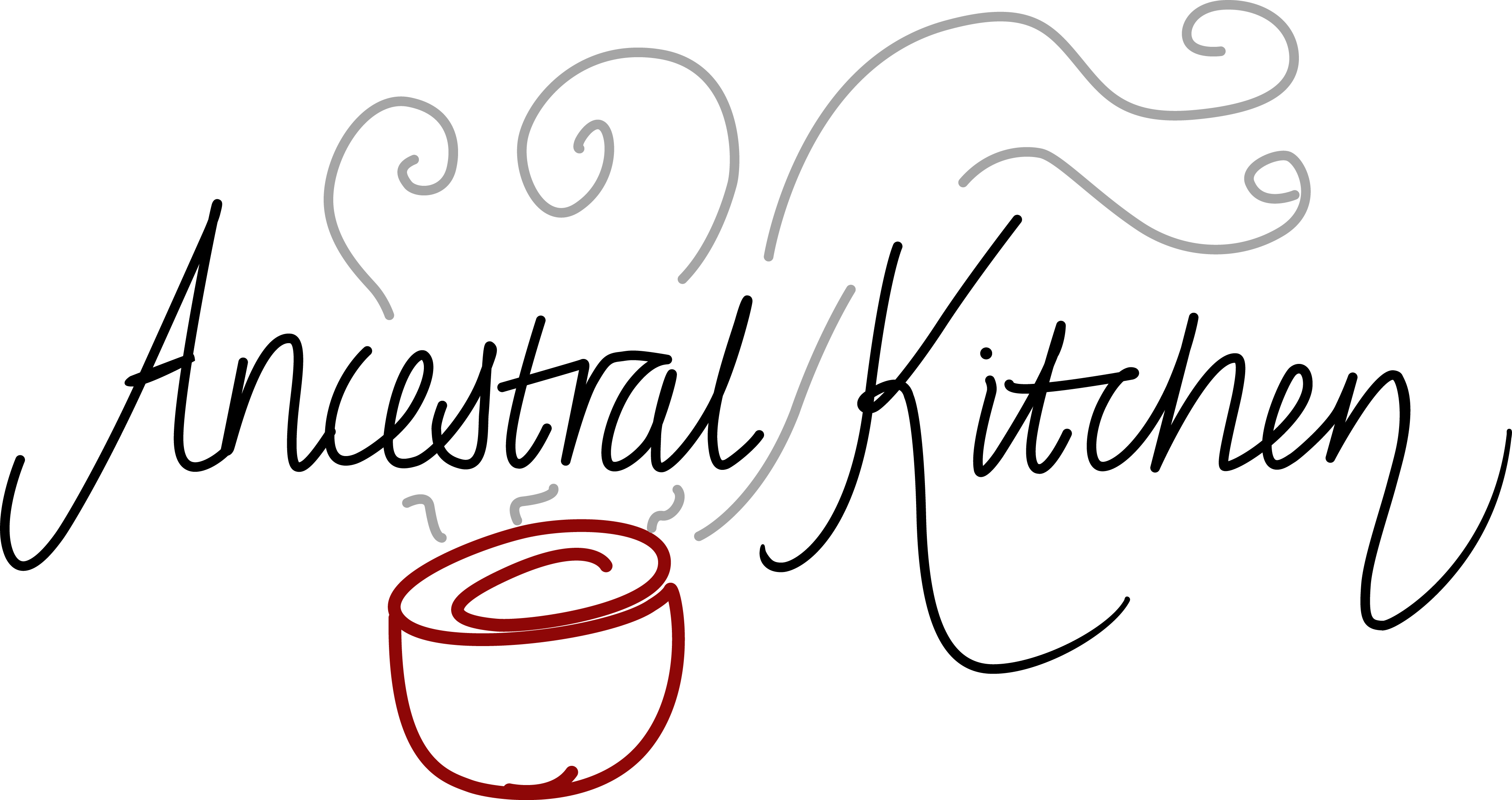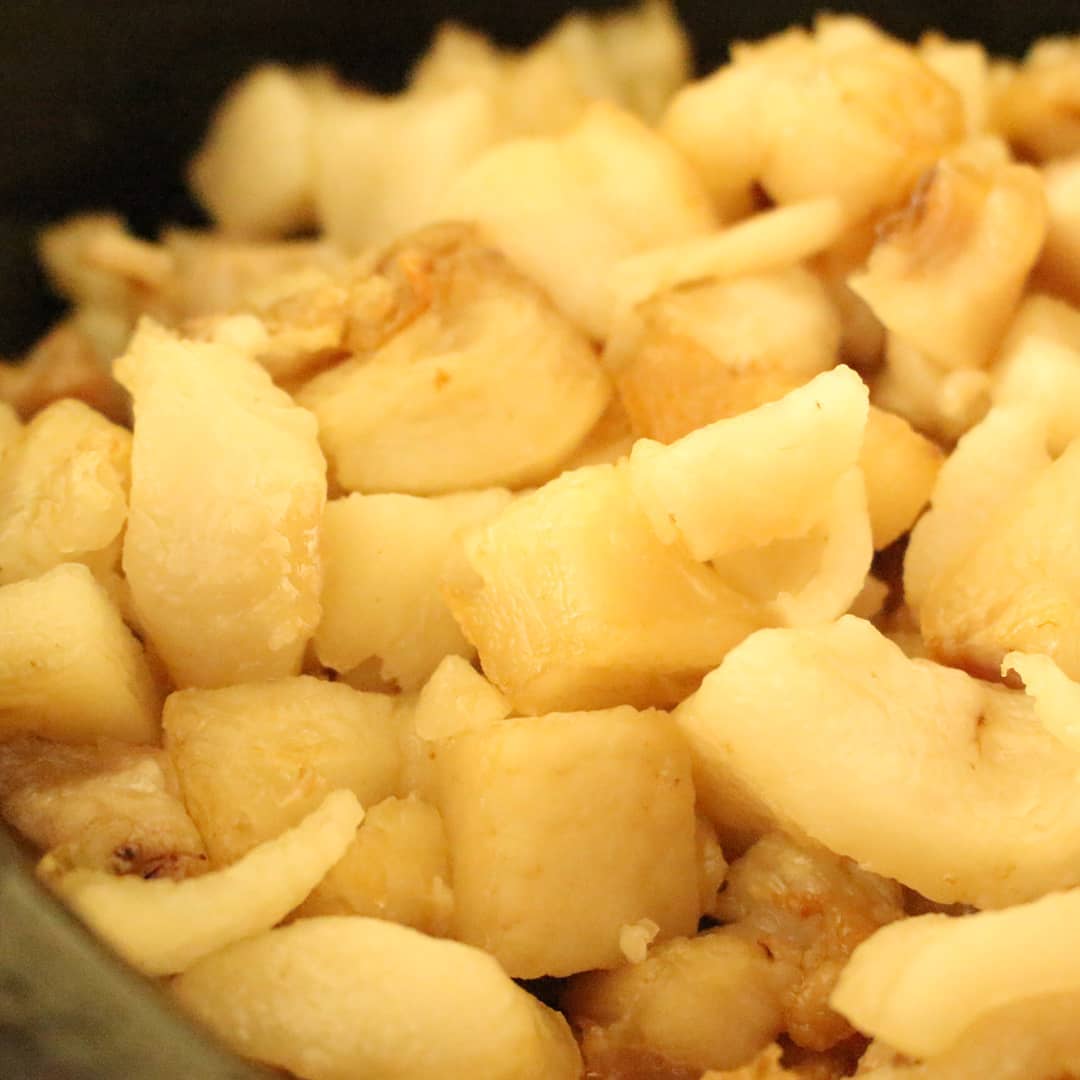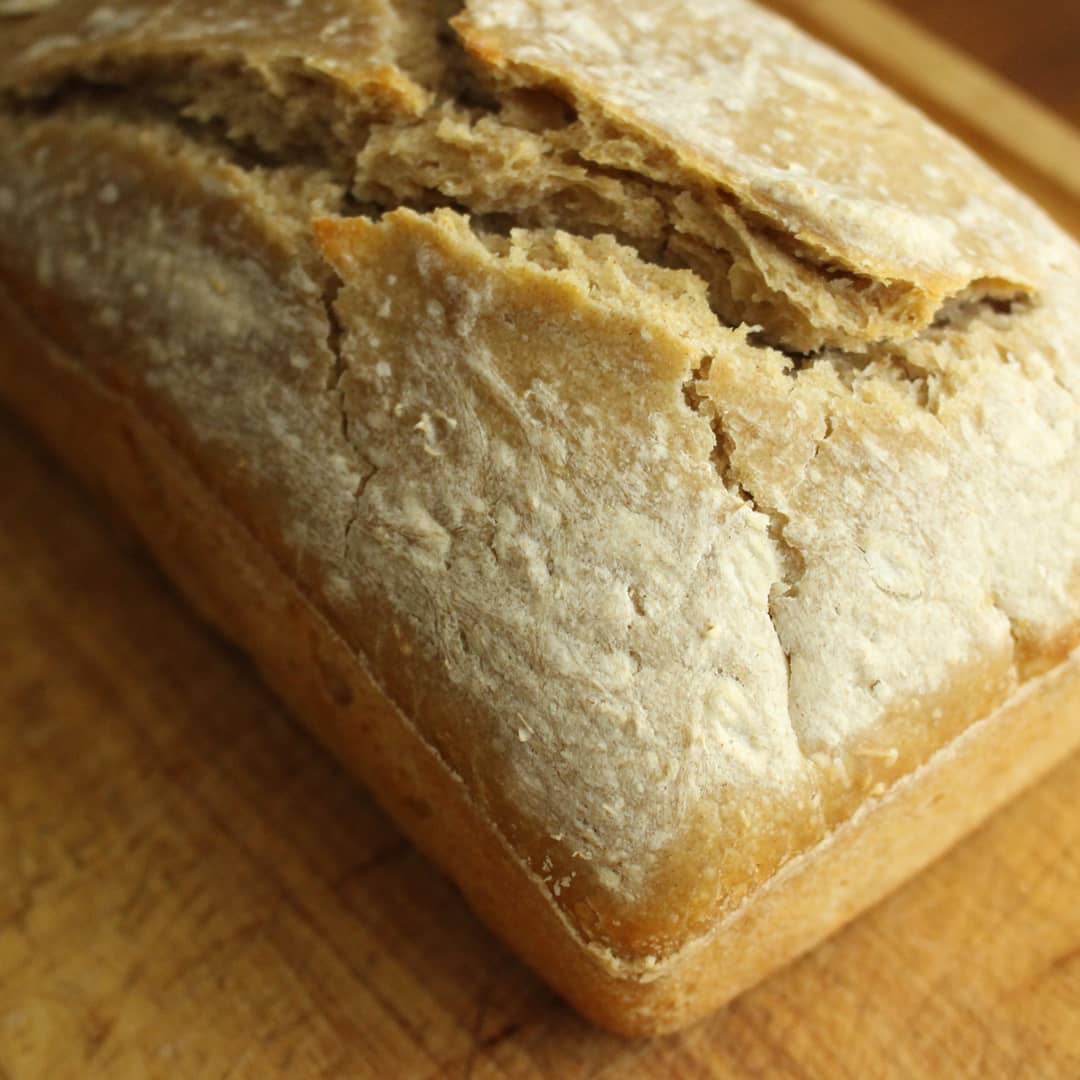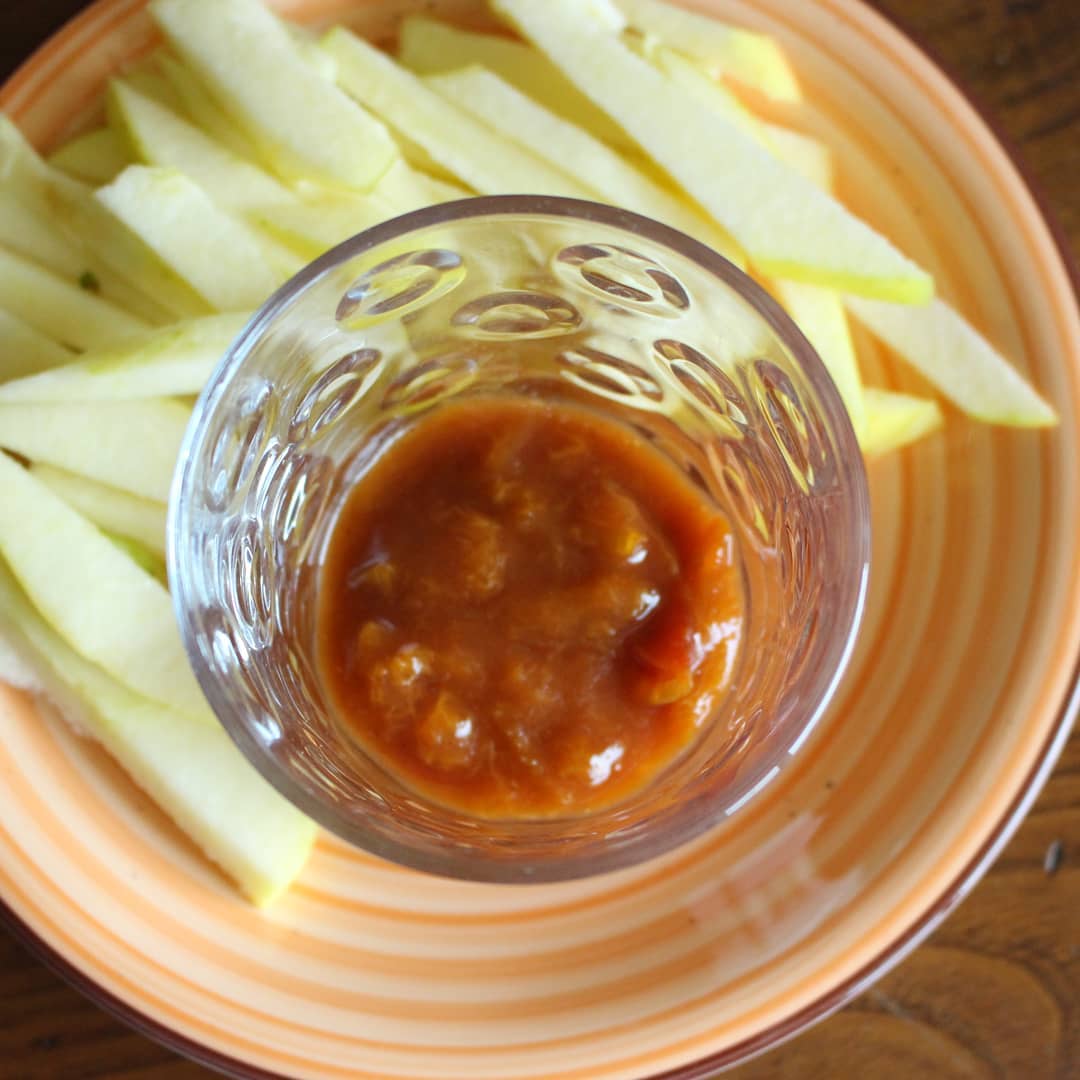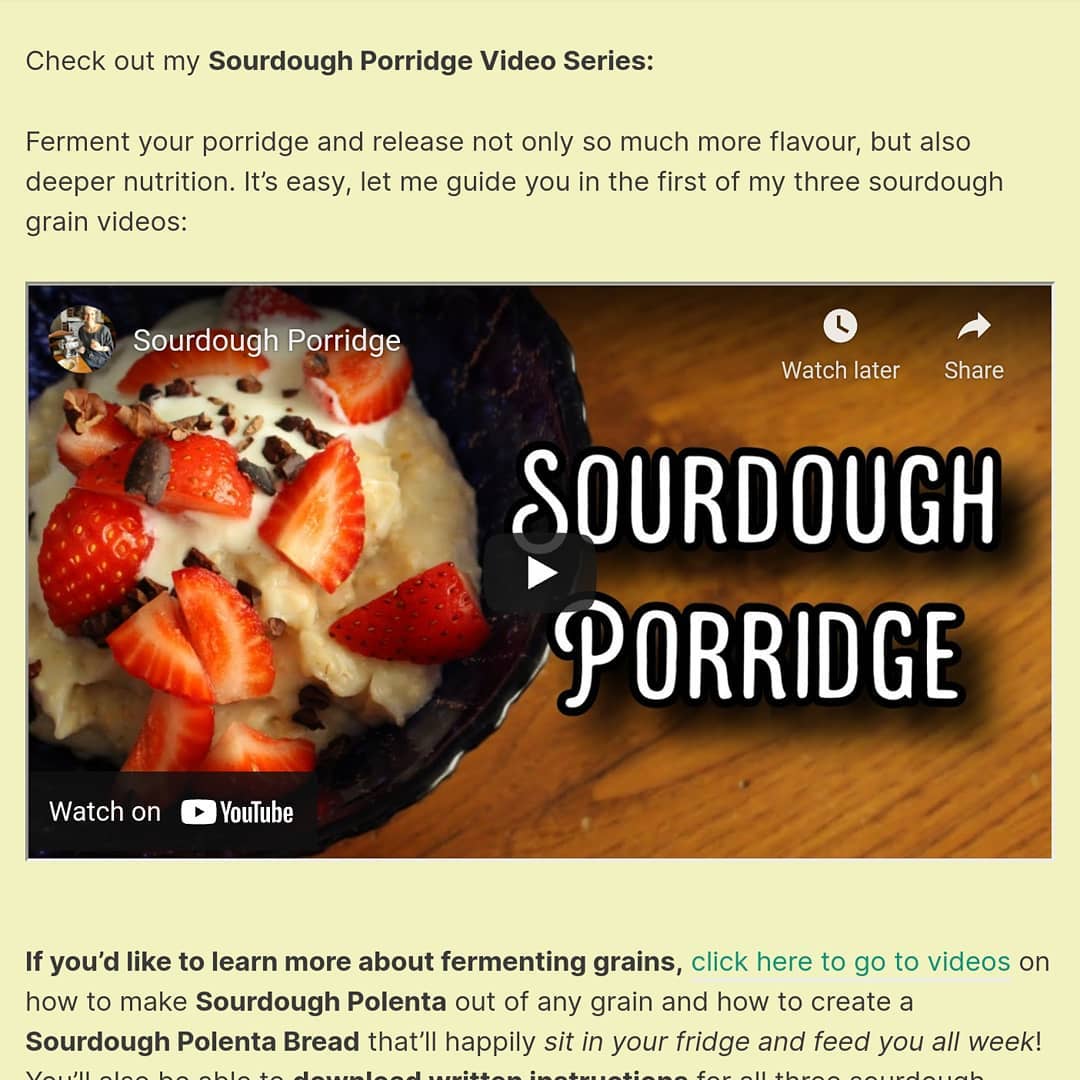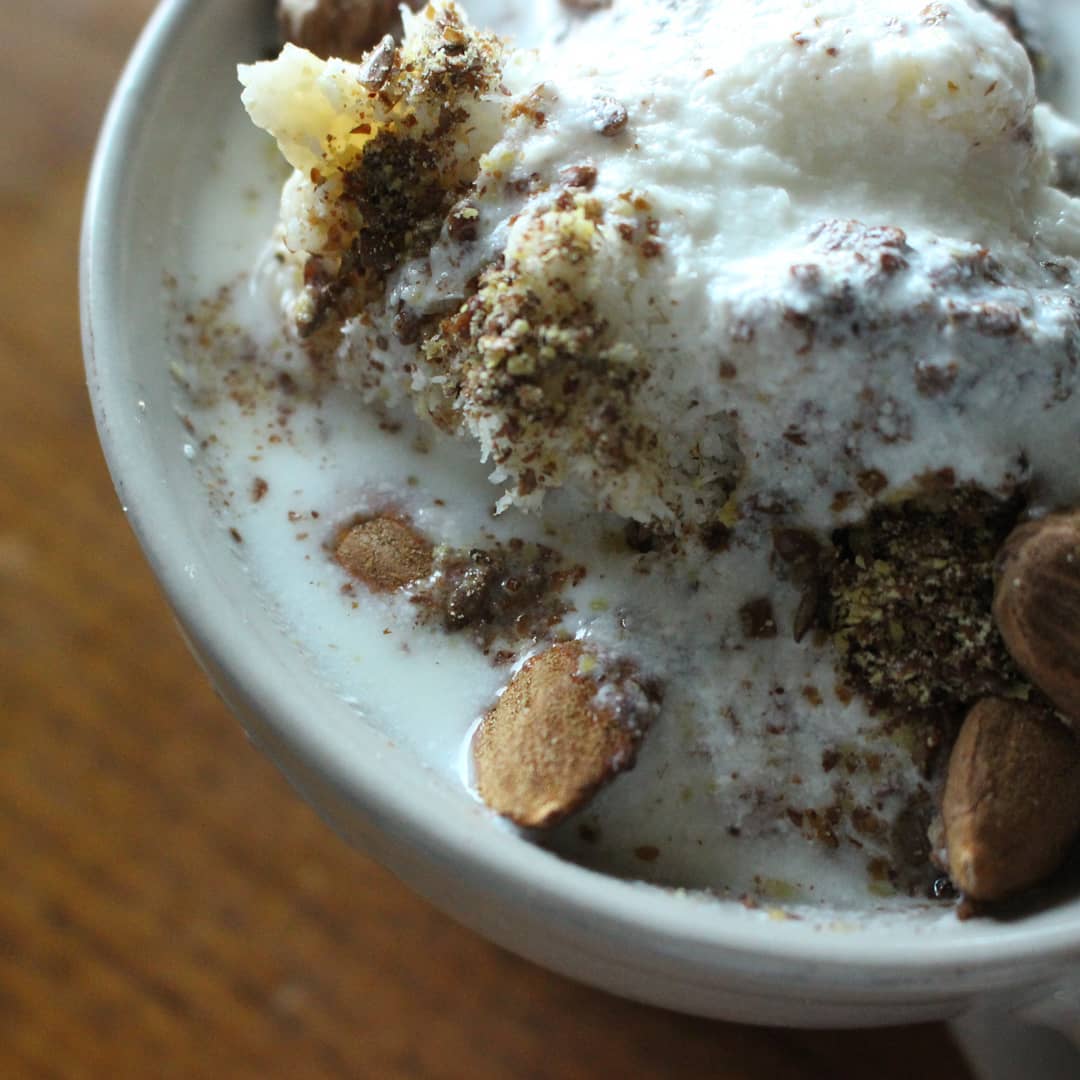Freshly rolled oats are such a beautiful food. Oats are good whatever, right, but freshly rolled, they become a heaven-sent food. Perhaps it’s something to do with the fact that they are high in fat and the freshness preserves that? Or perhaps it’s something more tangential, like the love that goes into them when you grind yourself? . These oats are destined for sourdough porridge. There’s a video linked in my profile if you want to see how it’s done. . Before I pop them in the porridge mix to ferment, I’ll put them in a sieve and agitate them over a large bowl. The ‘crumbs’ that fall into the bowl I’ll also be fermenting. These will become ‘Sowans’, the traditional Scottish oat ferment. . My head’s full of Sowans at the moment. I’ve just spent two consecutive Sunday afternoons filming a Sowans course for @thefermentationschool. In it, there will be full instructions on how to make this ferment whatever equipment you have in your kitchen. I am excited about releasing it next month!
Freshly rolled oats are such a beautiful food. Oats are good whatever, right, but freshly rolled, they become a heaven-sent food. Perhaps it’s something to do with the fact that they are high in fat and the freshness preserves that? Or perhaps it’s something more tangential, like the love that goes into them when you grind yourself?
.
These oats are destined for sourdough porridge. There’s a video linked in my profile if you want to see how it’s done.
.
Before I pop them in the porridge mix to ferment, I’ll put them in a sieve and agitate them over a large bowl. The ‘crumbs’ that fall into the bowl I’ll also be fermenting. These will become ‘Sowans’, the traditional Scottish oat ferment.
.
My head’s full of Sowans at the moment. I’ve just spent two consecutive Sunday afternoons filming a Sowans course for @thefermentationschool. In it, there will be full instructions on how to make this ferment whatever equipment you have in your kitchen. I am excited about releasing it next month!
